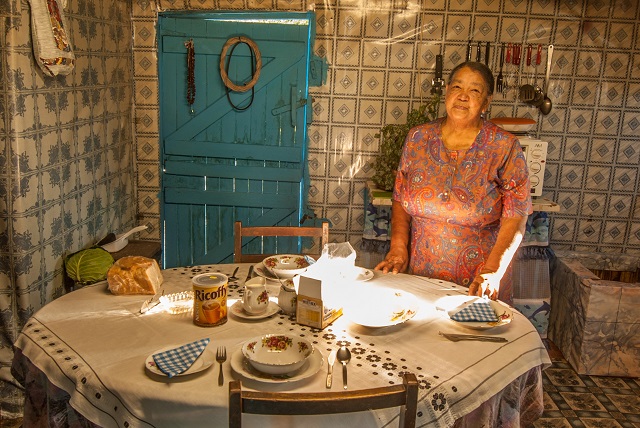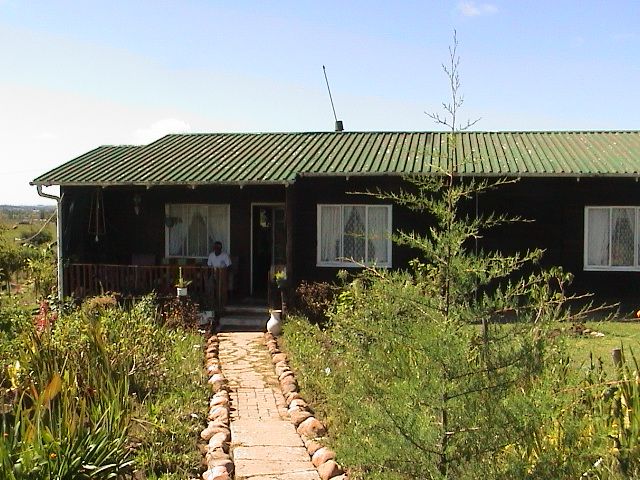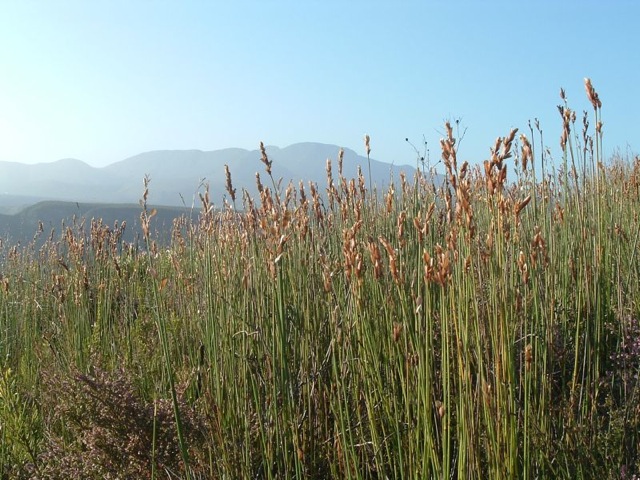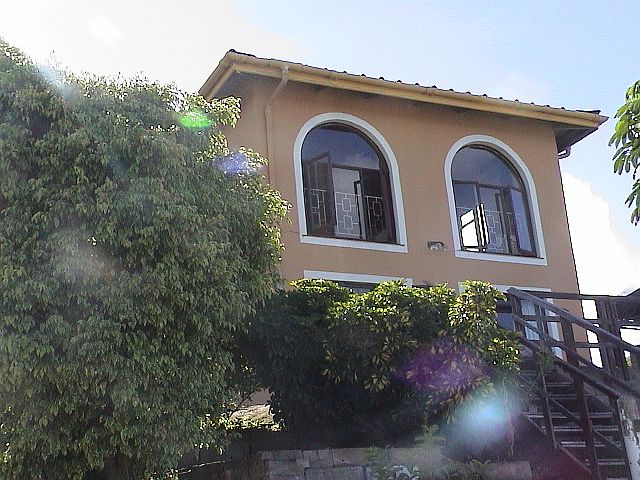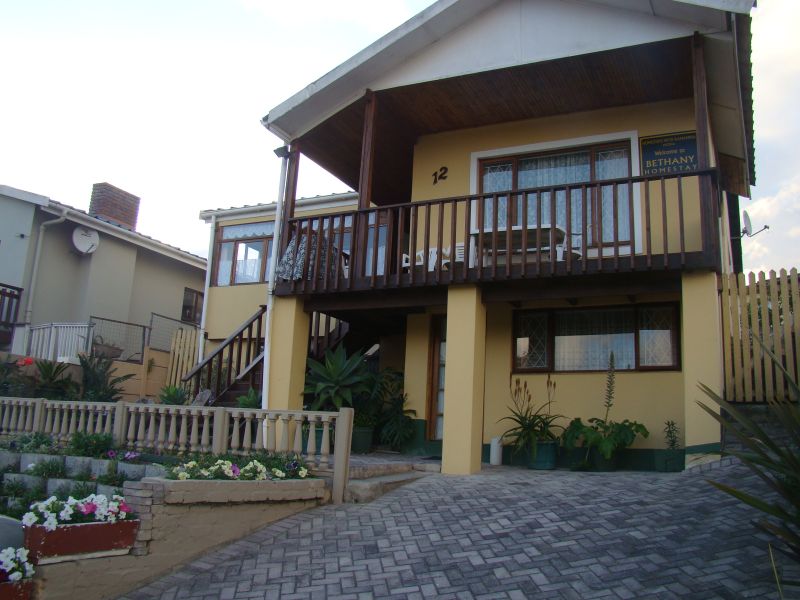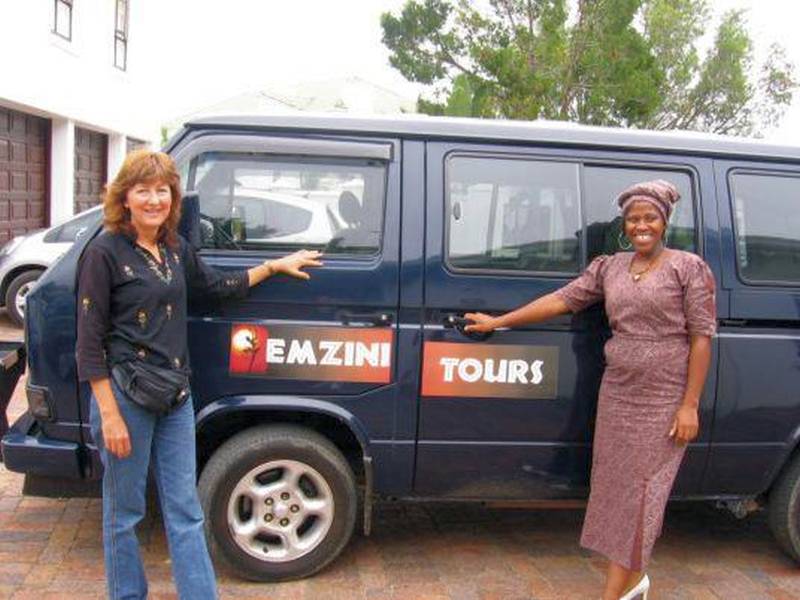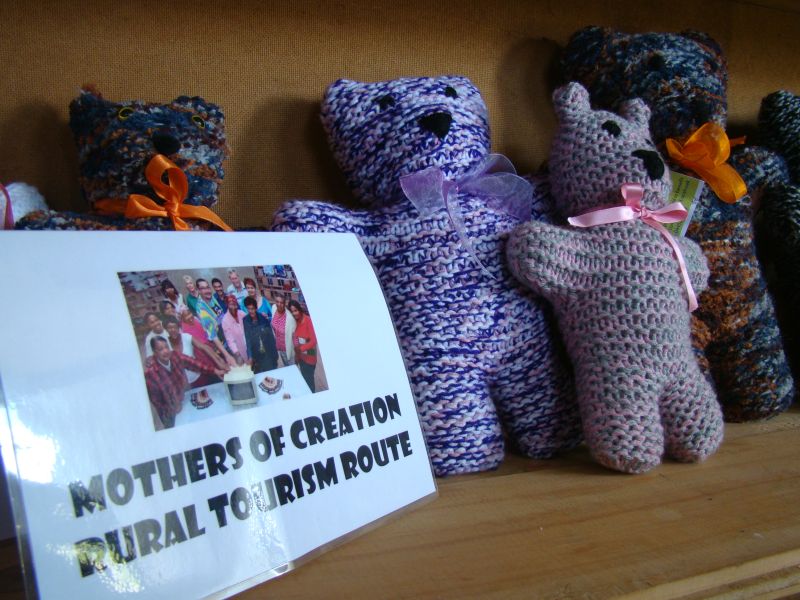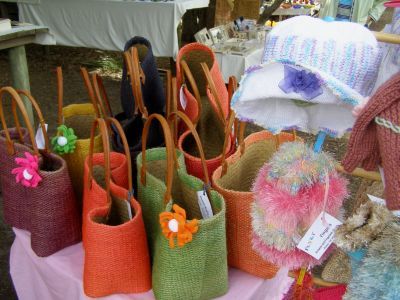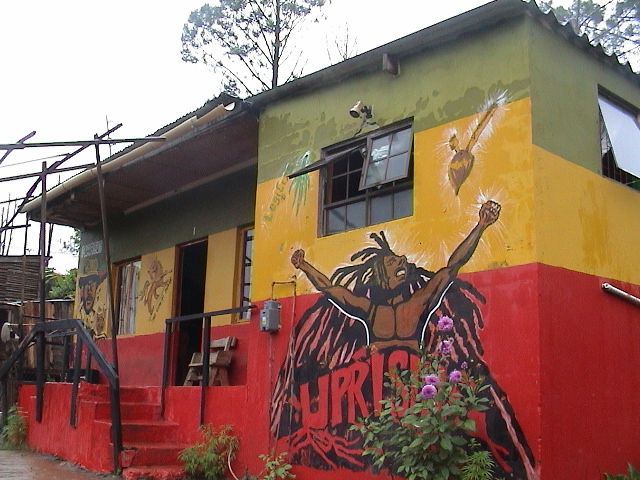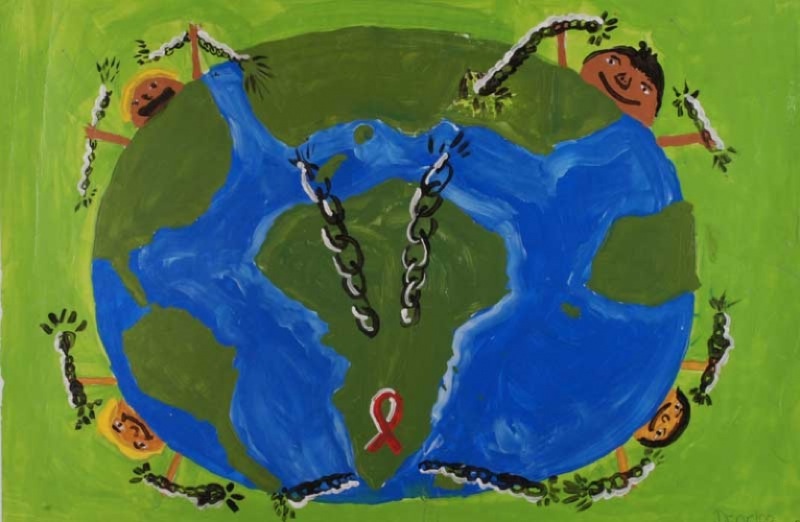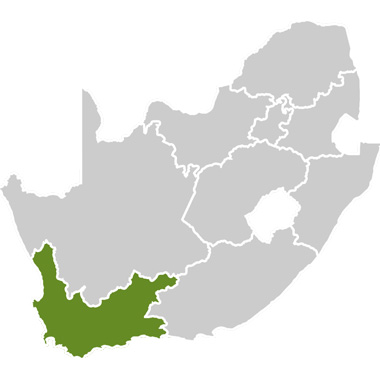The Garden Route is South Africa’s Garden of Eden. It is a combination of long, deserted beaches, tranquil lagoons, lush green forests and mountain ranges. It stretches along 227km from the Slang River near Heidelberg to the Tsitsikamma Forest and the Storms River.
This narrow temperate zone is wedged between the mountains and the sea and here nature has created a spectacular garden. The route covers the south-western reaches of South Africa’s high interior plateau the Great Karoo. This stark region takes its name from the Khoi word meaning ‘land of great thirst‘.
South Africa is known to be a land of great contrasts and the Mothers of Creation Experience Route, which parallels the Garden Route, showcases some of these contrasts: the lush coastal region and the stark Karoo; the despair of poverty and unemployment and the resilience and entrepreneurial spirit of the local people; and even the difference of starting off a mere tourist to become a welcome guest in the community.
Reasons to visit:
Between the town of George and the Tsitsikamma forests, the ruggedly beautiful Outeniqua and Langkloof mountains drop down from the interior plateau to the coastal plain. The mountains capture the rain clouds that rise from the sea and in turn fill the many streams and rivers, providing life-giving water to large tracts of forest. The name Outeniqua comes from the Khoi word meaning ‘People with Honey’, as the Khoi people collected honey from bees feeding on the region’s wild flowers. The flowers of the Outeniqua Mountains form part of the fynbos, which makes up 80% of the Cape floral kingdom.
Some of South Africa’s largest trees are found in the forests dotted throughout the route, including the massive Outeniqua Yellowwoods (Podocarpus) which reach heights of up to 50m (a tree of this size would probably be over 800 years old with a trunk at least 3m in diameter). In both the Tsitsikamma and Knysna forests pathways have been cut through the forests to allow visitors to see some of these majestic “‘Big Trees”. Sadly, the great forests of indigenous hardwood trees have lost much of their former splendour as a result of ruthless exploitation during the 18th and 19th centuries. Nevertheless, the Garden Route’s 65 000 hectares of surviving natural forest makes up the largest indigenous forest reserve in South Africa.
For centuries, herds of elephant roamed the plains and wetlands of the Southern Cape. By the beginning of the 20th century however, they had all but lost access to the coastal plain as a result of increasing human settlements. The elephants sought sanctuary in the depths of the Knysna forests, even though these woodlands are not the most ideal of habitats for the giants.
Within this region are eight communities fighting to keep their land. Their struggle has given rise to the community-based Sustainable Women’s Tourist Route (The Mothers of Creation Route). On this route tourists have the opportunity to meet local people while directly supporting the community to create a sustainable economic future. Other communities have also joined the route, enlarging and adding value.
What to expect when visiting the communities and enjoying a homestay:
- Toilet facilities: The majority of the toilets are long drops (outside toilets with either a bucket or a large open hole beneath the toilet);
- Towel: Although it is not necessary for all homestays, it is suggested that travellers bring their own towels;
- Linen: Linen is provided at the majority of the establishments however, confirm this when making reservations; and
- Water: Some of the establishments do not have running water inside the homestays.
This is a different experience. Leave behind running water, electricity, flushing toilets and preconceived ideas. Choose the excitement of the unknown and the opportunity to share the reality of other people’s lives.
As far as possible, directions are supplied for most communities and local establishments. However, once you arrive in the community, locals can usually give you further directions. As the communities are generally quite a distance from established towns, your hosts need at least 48 hours’ notice to prepare for your stay.
Travel etiquette:
- Treat all residents with respect and dignity;
- Ask for permission before taking photographs;
- Don’t hand out money – rather make a donation to a local charity that will put your money to use for community projects; and
- Take general safety precautions such as keeping valuables locked away.
This is not a route for the hurried or impatient traveller. It is a route to be cherished as it engulfs an area of incredible beauty and incredible people. The local people want to welcome visitors into their communities, their homes and their lives. You are invited to enjoy every aspect of the scenery, the culture and the people. Visitors will be treated to exceptional hospitality and warmth.

